Your resume is one of the most important documents you’ll submit in your job search. It’s your frontline fighter, so to speak, as it’s your first opportunity to present yourself to a potential employer. Hiring managers and recruiters look at resumes for an average of only six to seven seconds each, so it’s important that you make every second count.
A well formulated resume can help you stand out from the crowd, but a weak resume can remove you from the running.
According to research, professionally written resumes are not only good for landing an interview, but they can also boost your earning potential by 7%.
Keep it simple
In a moment, we’ll discuss using creativity to stand apart. But what is the fundamental tenet of professional resume design and formatting?
Ensure simplicity. Use Helvetica, Arial, or Century Gothic, or another simple but contemporary font. Use a font size between 10 and 12 and leave plenty of white space on the page to make the hiring manager’s job easier to read. Keep it simple and consistent, but use a separate font or typeface for your name, the headers of your professional experience, and the firms you’ve worked for. Your key concern here should be the hiring manager’s ability to read your resume, regardless of the format you select.
Careful stand out
Do you really want to stand out from the sea of Times New Roman on your resume? Yes, creative resumes with infographics, videos, or slideshows can make you stand out, but you should only use them sparingly.
Keep your formatting simple and consistent if you’re using an ATS to submit your application so the machine can read it correctly. Avoid going overboard if you’re applying to a more conventional organization, but feel free to add some subtle design features or some color to make it stand out. Whatever you do, be sure you have the time, imagination, and design skills necessary to make it fantastic before you start.
Make your contact info prominent
The hiring manager can find you online in other places like your LinkedIn profile and Twitter handle, so make sure to include those as well. You no longer need to include your address on your resume, but you should still make sure to include a phone number and professional email address (not your work address!). Make sure to include other places the hiring manager can find you on the web, like your LinkedIn profile and Twitter handle. (Implicit in this is that you keep these social media profiles suitable for prospective employers.)
Design for skimmability
You may have heard that hiring managers don’t give each CV a lot of attention. So assist them in gathering as much information as possible in the shortest amount of time.
Get help from a professional
Despite being aware that you lack design skills, do you still want your CV to seem stunning? It’s acceptable to ask for assistance, so think about hiring a resume designer. It’s important to get this document exactly right because it’s arguably the most crucial one in your job search.

